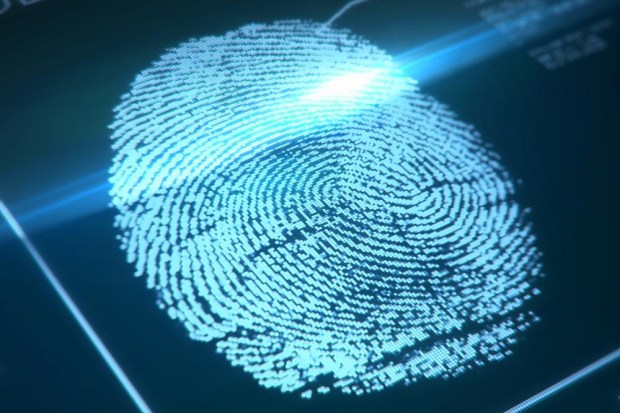NEW REPORT: New Threats, New Identity Solutions

Whether it’s safeguarding sensitive personal and financial information from attacks like WannaCry or authenticating travelers at an airport, security is top of everyone’s mind these days. And, increasingly, governments and corporations alike are turning to new tech to help boost protection.
The latest PYMNTS.com Digital Identity Tracker™, powered by Socure, features news on how biometrics is being used to guard against attacks in both the physical and digital realms.
Around the Digital Identity World
No matter what’s being protected, security techniques are by necessity ever-changing.
And as law-enforcement tries to stay a step ahead of bad actors, it comes as no surprise that airports around the globe are investing in new biometric technology to authenticate and identify travelers before they board planes or pass through customs — and digital identity providers are looking to cater to this growing demand.
CLEAR, a security line-busting authentication system, recently received a $15 million investment from asset management firm T. Rowe Price to enable the biometric security firm to grow their presence. The system is already in place at over 20 airports throughout the U.S., as well as six sport stadiums. Similarly, FaceFirst, a facial recognition service provider, debuted a new facial recognition platform designed to improve border control, currently in use at Panama’s Tocumen airport.
Even the U.S. government is upping its use of biometrics. The Customs and Border Control departments have been using passport and visa application photos as well as photos taken at customs to register visitors and may soon use the tech on its own citizens to authenticate them when entering the country or passing a TSA checkpoint.
For a roundup of the latest notable news in the digital identity space, check out the News and Trends section in May’s Digital Identity Tracker™.
Taking Human Error Out of the Authentication Equation
Earlier this month, corporations and organizations from hospitals to railroads in six continents were stopped in their tracks as the result of a ransomware attack, and the news was filled last year with reports of breaches impacting everyone from Target to Hillary Clinton. And, according to Brett McDowell, executive director of the FIDO Alliance, attacks like these have a common element: human error.
For this month’s Tracker feature story, PYMNTS caught up with McDowell, who said that the best way to protect against global attacks like WannaCry — or even small-scale breaches — is to stop them before they happen, by replacing authentication details that can be stolen or compromised by human error with credentials that are safe from prying eyes.
“Any authentication credential should have some characteristic where the user cannot be tricked into giving it to a fraudster or to any party that would abuse the service, whether it’s an account takeover, a ransomware attack or anything else.” McDowell explained. “There needs to be some element of a credential’s design that can’t be stolen — it can’t be guessed — because there are just too many ways for fraudsters to trick people into getting these credentials.”
To read the full story, check out the Tracker.
To download the May edition of the Digital Identity Tracker, click the button below…
About the Tracker
The PYMNTS.com Digital Identity Tracker™, powered by Socure, is a forum for framing and addressing key issues and trends facing the entities charged with efficiently and securely identifying and granting permission to individuals to access, purchase, transact or otherwise confirm their identity.

